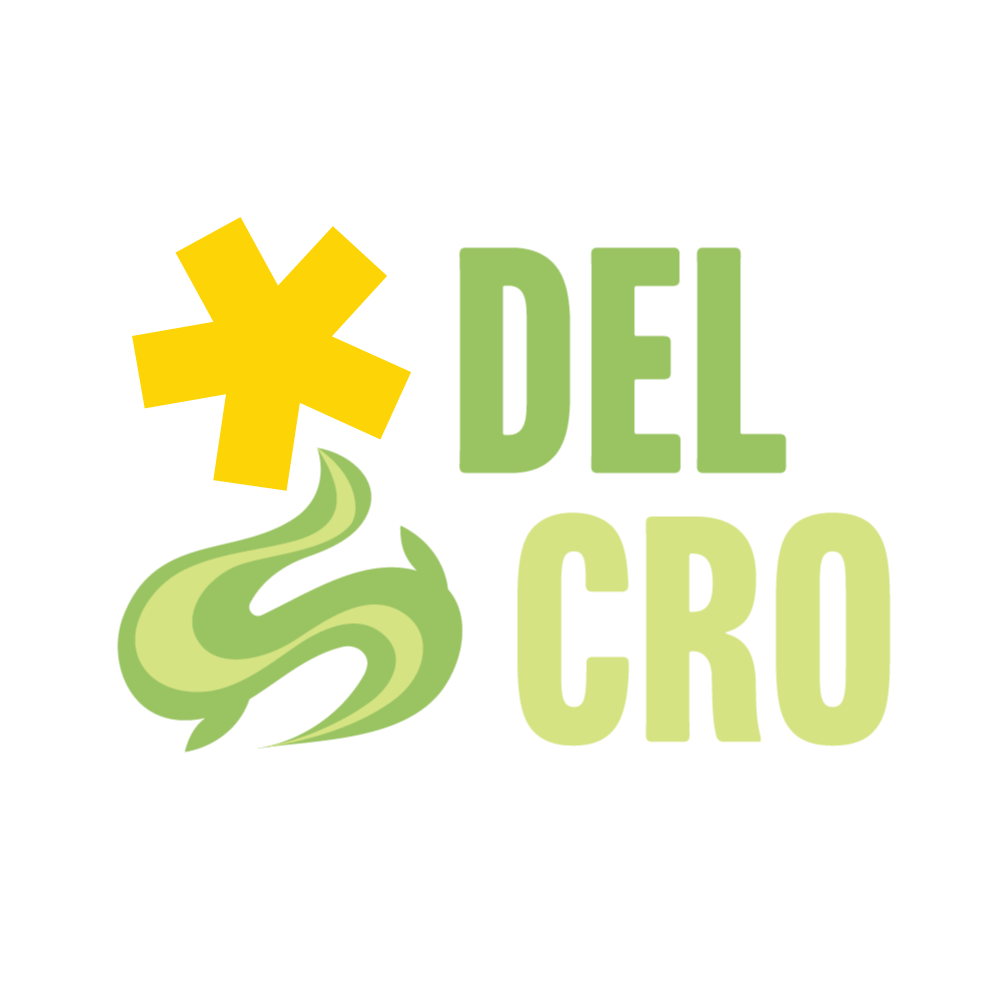THE ASK:
Conceptualize and execute a design work showcasing themed objects collected over the course of a semester.
THE ANSWER:
An exhibition design exploring the unknown lives of strangers through sentimental objects paired with motion design. The exhibition couples six found sentimental objects with instrumental music produced by August Halter for the project. This music emotionally represents the lives the objects came from in a universal language, speaking for the items' owners in their absence. The full song can only be heard when all objects are interacted with, mirroring how the more one reaches out to new connections, the more full their life will become.
The video below explains how the exhibition is executed.
3D render of the exhibition.
3D render of the exhibition.
The main wall plaque.

Book podium plaque.

Drawing podium plaque.

Sticker podium plaque.

Film podium plaque.

Photograph podium plaque.
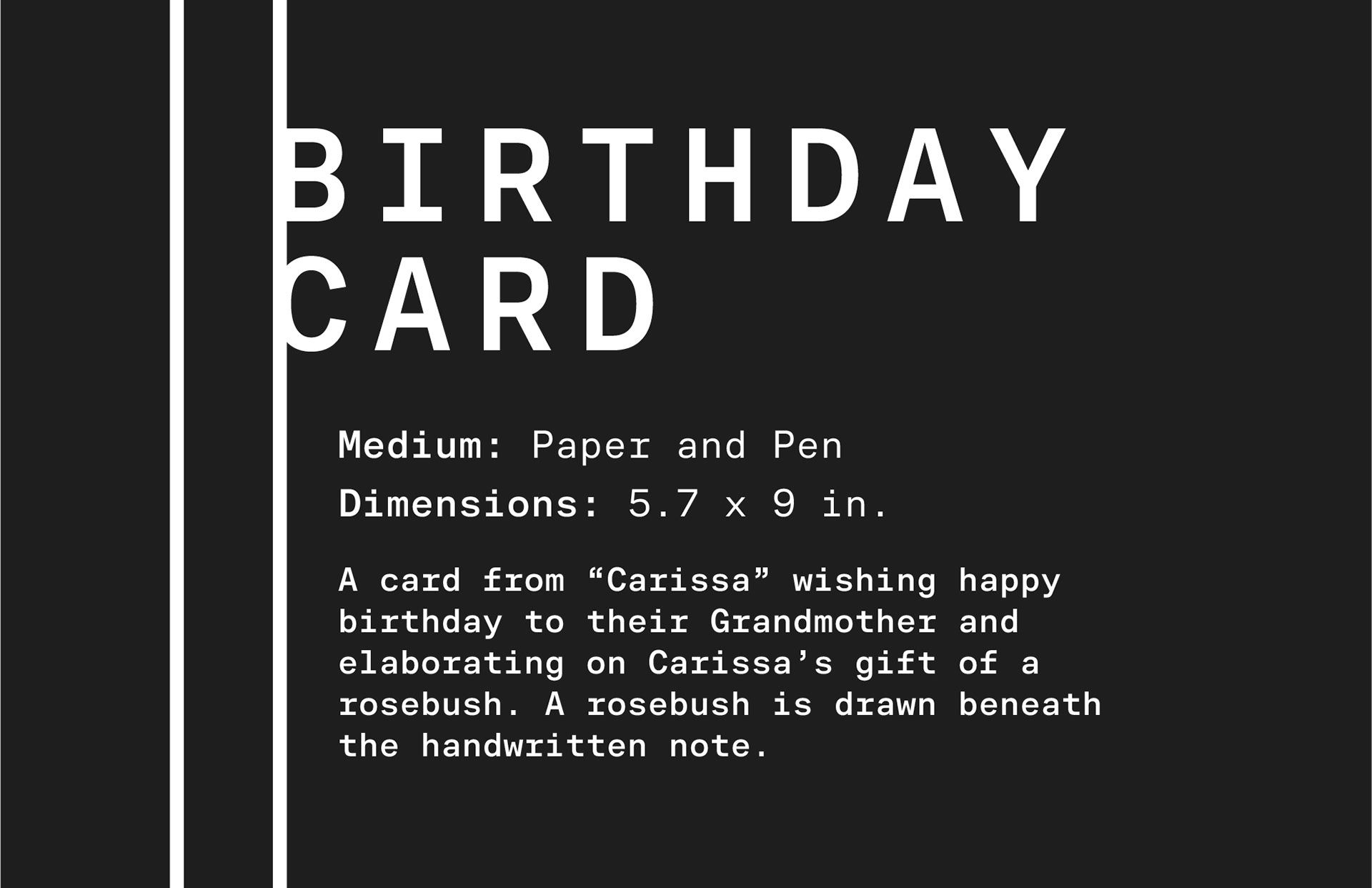
Card podium plaque.
PROCESS
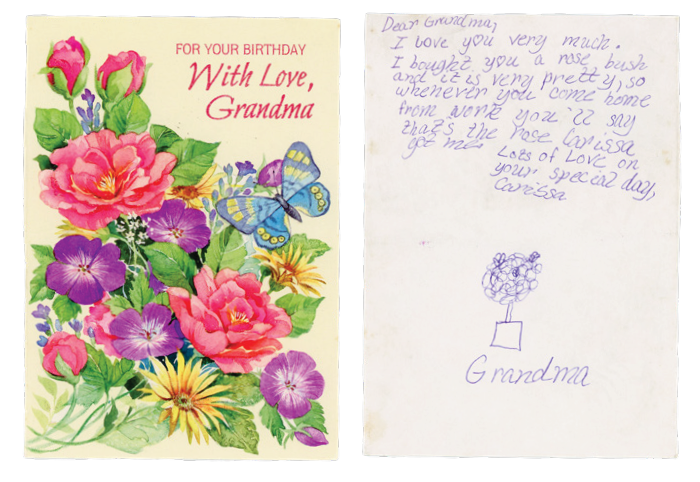
Inherited birthday card.

Inherited photograph.
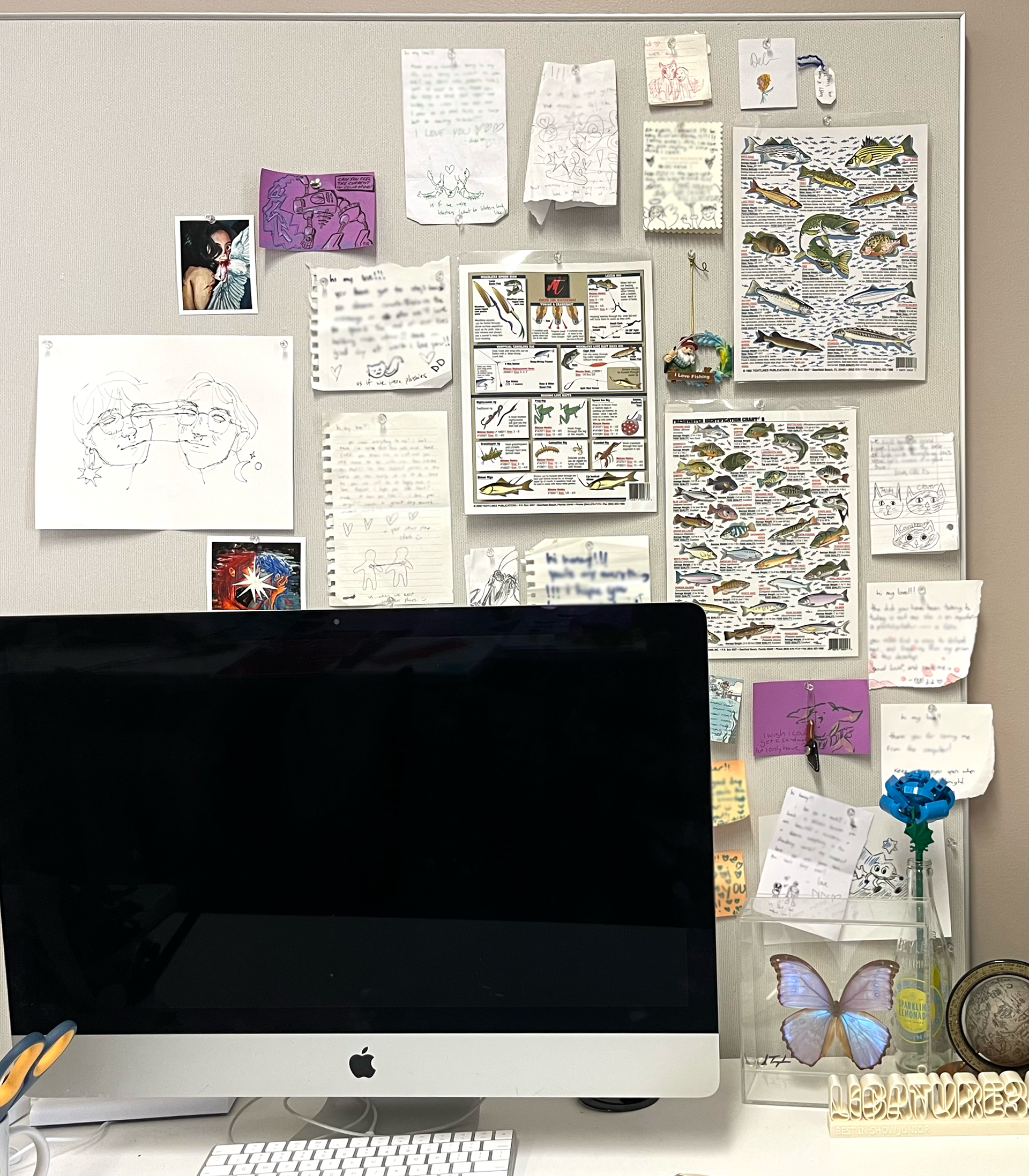
My desk at the time (notes blurred).
Collection CONCEPTUALIZATION
After inheriting objects themed on nature from a previous semester's student, including a birthday card and photograph, I considered what I could add to these objects to create a my own collection. What story did I want to tell?
I thought of objects I personally collected. Above my desk at the time I had hung a wall of notes, letters, and drawings given to me by fellow students. I imagined what these notes would mean to someone who had never met me. Would they felt as if they knew me? How much would they be able to understand?
I realized then what I would collect: sentimental objects. I would create an exhibition themed on the stories of strangers, encouraging viewers to consider a fact often overlooked: that every stranger experiences a life as rich and complex as their own.
COLLECTING OBJECTS
I took a day to explore Gainesville and collect objects with sentimental value. I narrowed down my collection to five objects that left room for interpretation. With the addition of the birthday card I inherited, that brought my total to six to display in my exhibition.
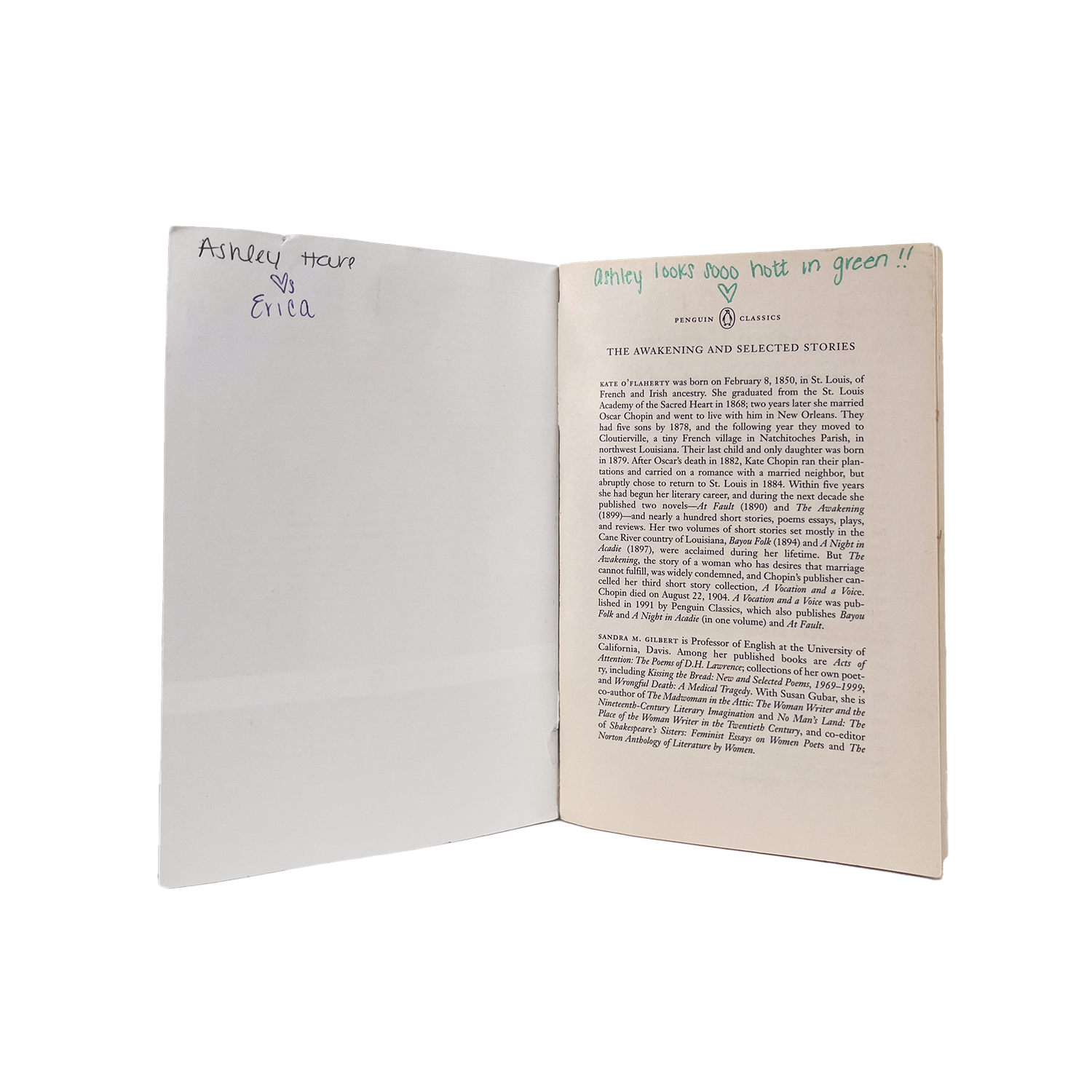
Annotated Book.

Child's Drawing.
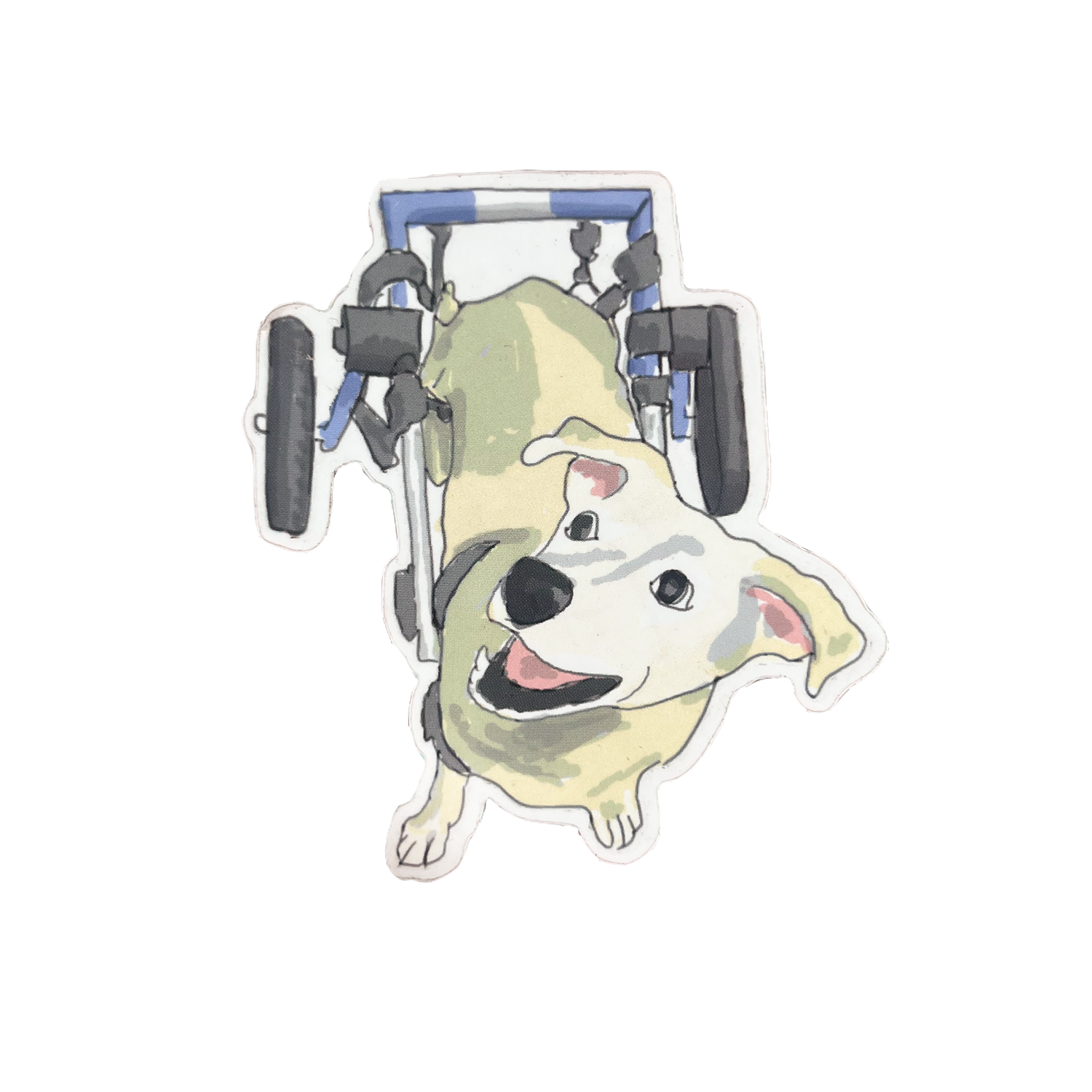
Disabled Dog Sticker.
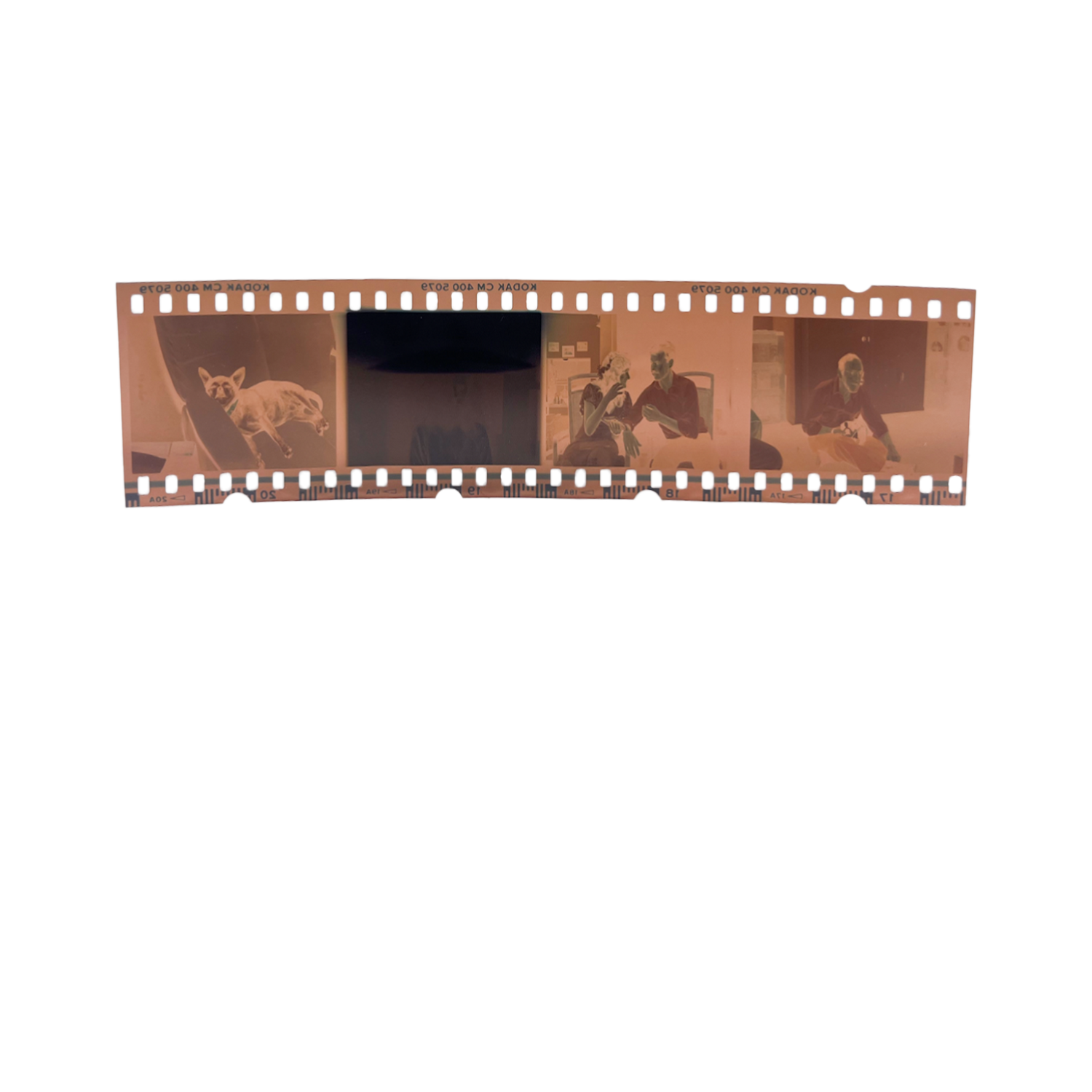
Film Strip.
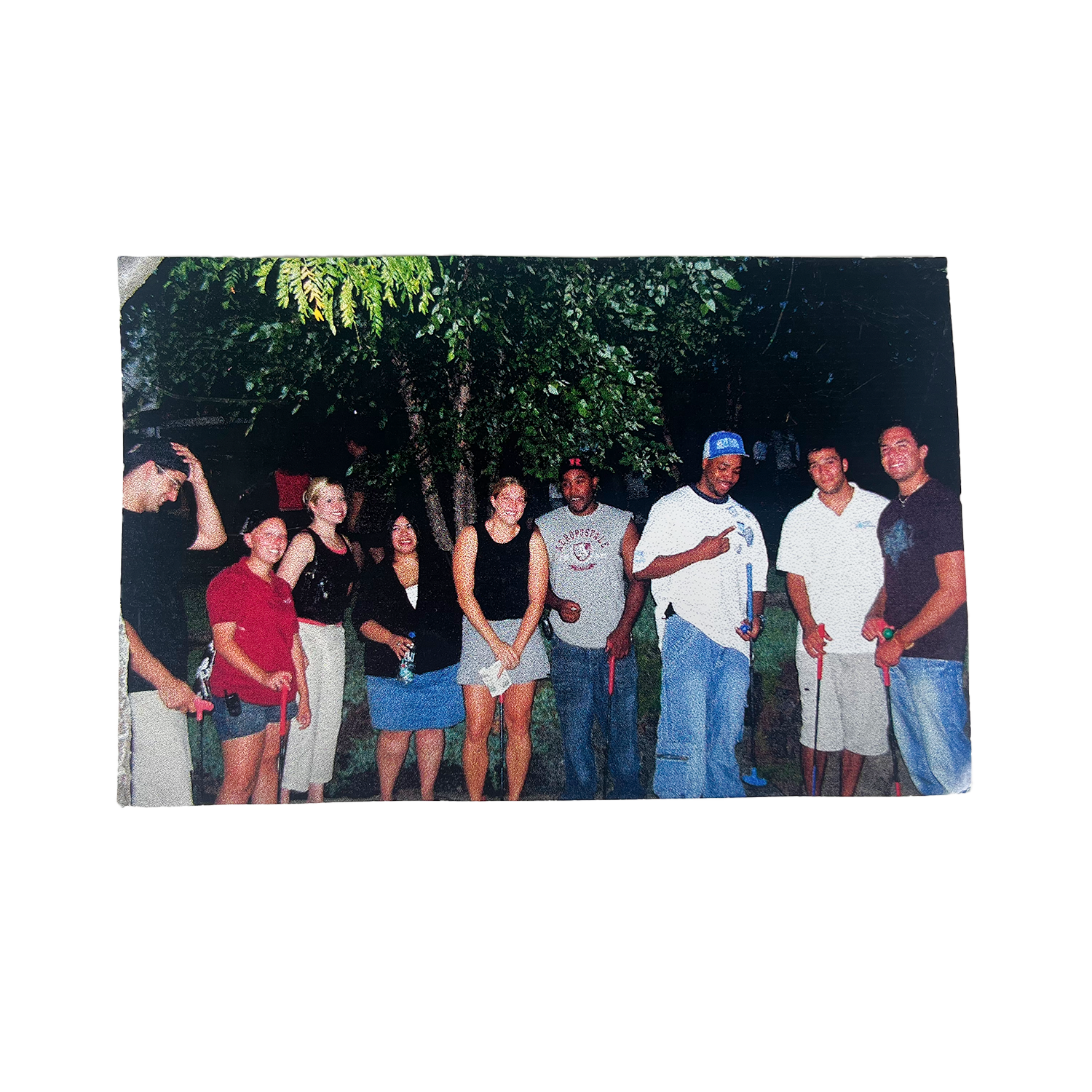
Golf Photograph.
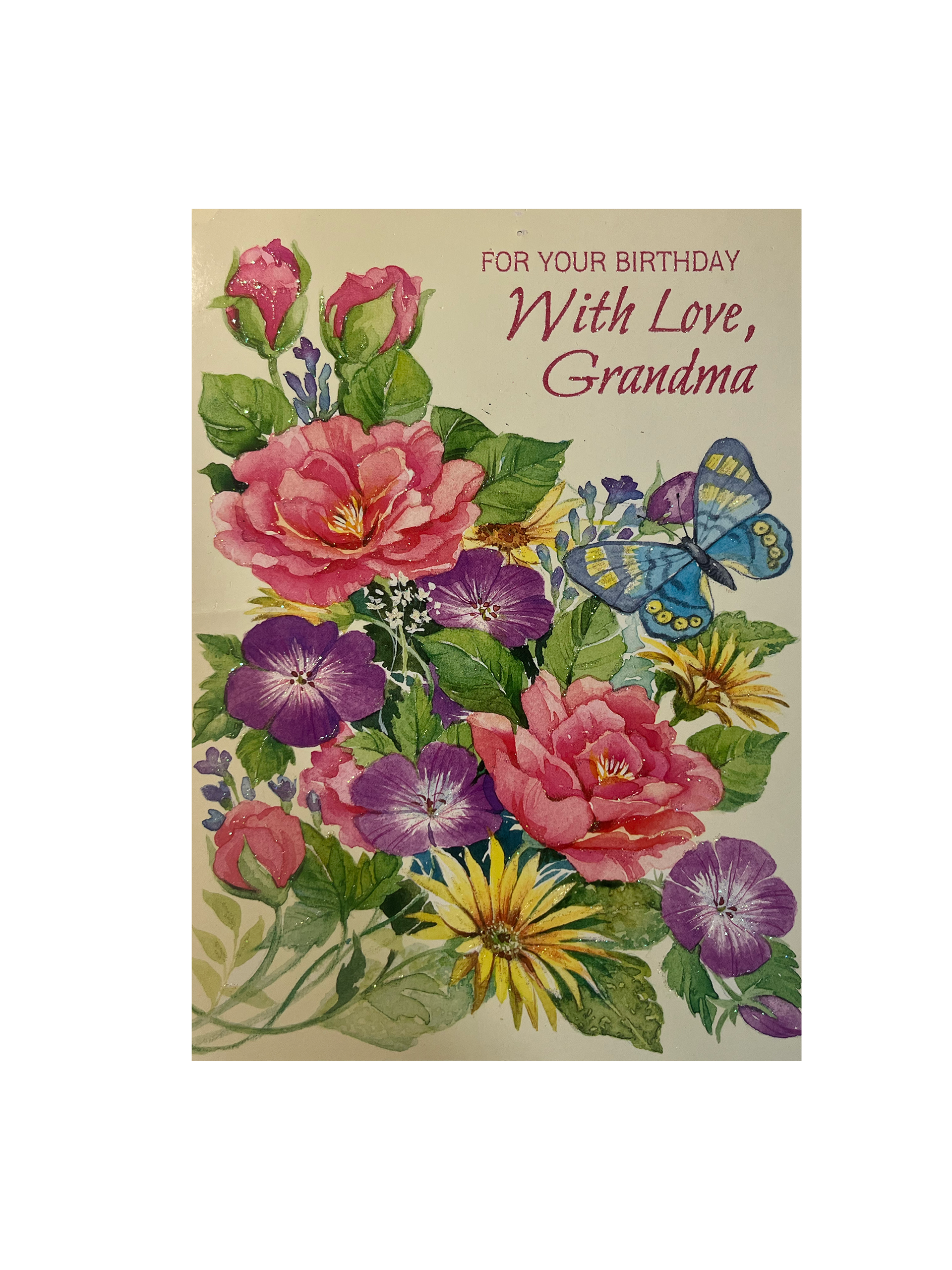
Birthday Card.
Developing the visual identity
With my concept decided and objects collected, the next step was to translate my idea into a strong visual identity.
As opposed to creating the logo first, I worked backwards, first imagining how the items would be displayed. I drew from the concept of untouching parallel lines, imagining the exhibition viewer's life as a parallel line to the lives of strangers, represented through the objects. When the viewer chose to step off the straightforward path of their life and reach out to strangers, their line changed to reflect the new lives they touched.
This change came in the form of audio: each object would be assigned a melody of a whole song, played when a viewer stood in front of it. If a viewer stood at each object, the whole song can be heard. These audios are represented visually in the changes of the "parallel" lines, which turn into the audio waveforms the objects play.
I also contacted August Halter at this point to create the music that would pair withe each object.

Initial logo sketches.
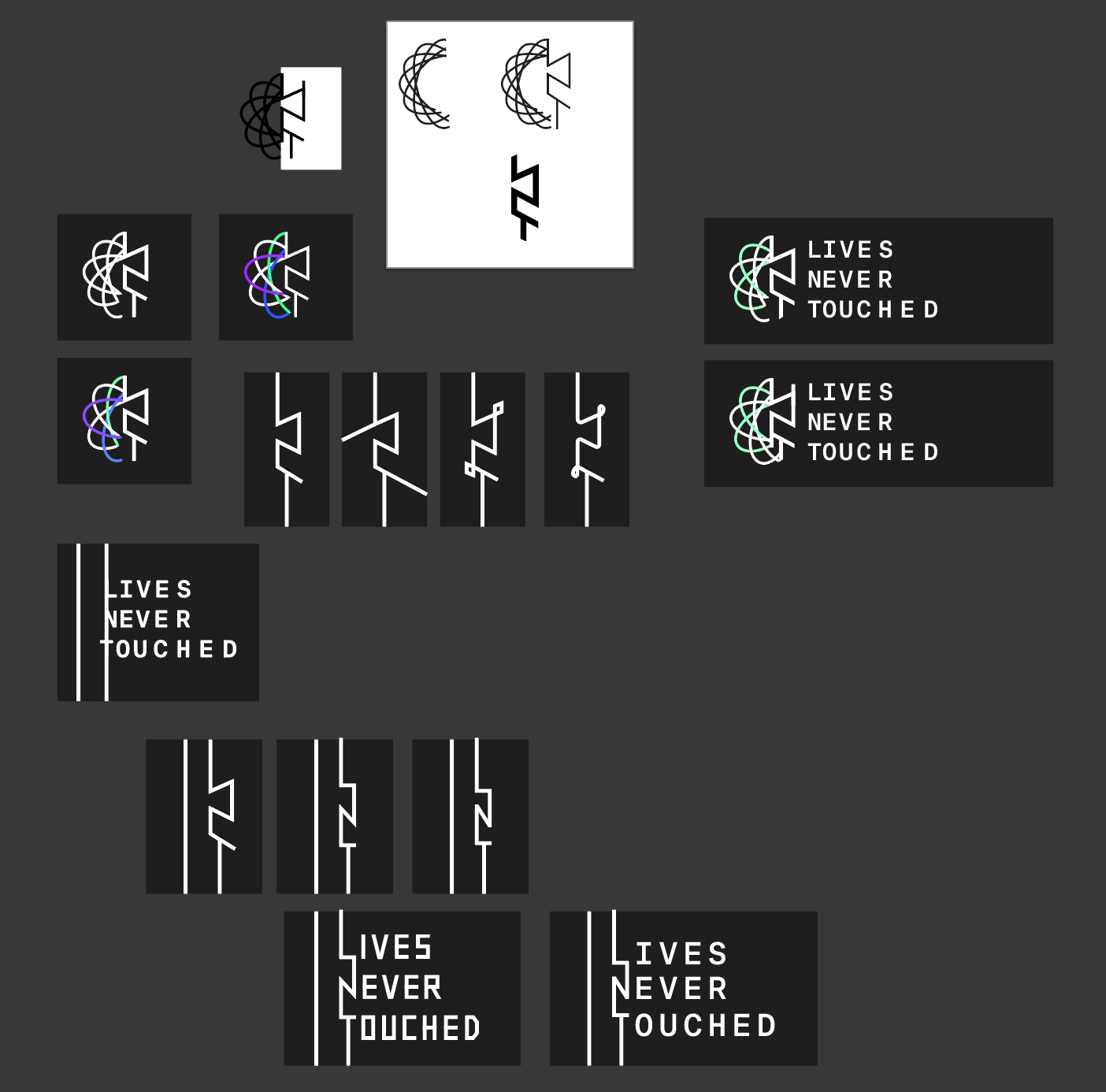
Digital logo sketches.

Finalized logo and typesetting.
Developing the logo
I tried a few methods of simplifying the exhibition design for the logo, eventually settling on a simple form emphasizing the parallel lines concept central to the exhibition.
The final logo places two parallel lines side by side, with the second line interrupted by the exhibition's title. This visually represents the exhibition's intent: to upset the untouching nature of our own lives and those of strangers.
3D Modeling
I moved into Adobe Dimension to model the exhibition space and place the objects inside of it. This was my third time using Dimension for a project, and I used tricks I had learned previously to create my models, like placing images as decals onto models to create 3D objects like the book.
The Annotated Book modeled in Dimension.
An early test of the audio animation.
3D ANIMATION
I began animating figuring I could drop the 3D render into After Effects, add the lines, and be done. This was not the case; I ran into many, many problems. In short, I ended up animating by exporting 2D images of my 3D scenes from Dimension, then animating the audio lines in 3D on top of these images in After Effects.
A test of the audio waveform effect.
Working with the audio waveforms in After Effects.
Putting it together
I put all the shots in order, added explanatory text, and synched up the audio in After Effects.

